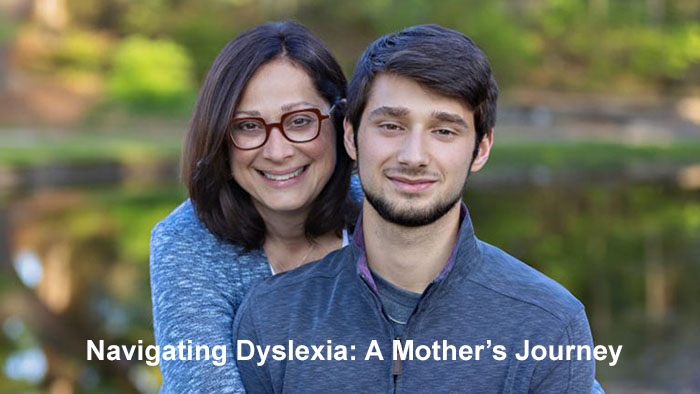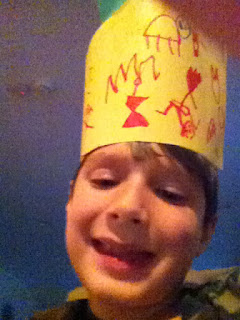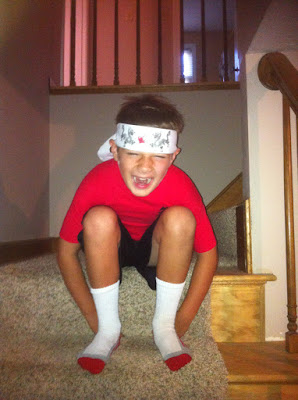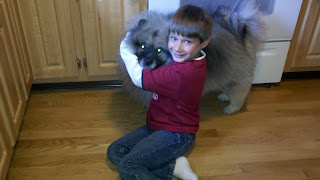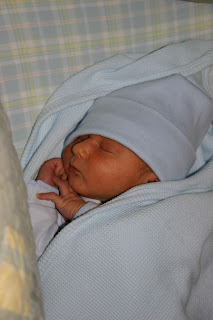4th Grade: Dyslexia Studies and ADHD

After the diagnosis, in third grade, we also started teaching Wilson what it means to be dyslexic. It was important to me that he understood the good and bad of his learning difference. It also helped him realize he was not alone and everyone has something. One of the first things we did was participate in the Reading and Attention for Individual Student Excellence (RAISE) research study at the Gabrieli Lab in the Department of Brain and Cognitive Sciences Building at MIT. Wilson had to complete neuropsychological assessments of reading, math, memory, and language and play computer games with a researcher. I had to fill out questionnaires about his developmental history, personality, and family circumstances. In some ways, it was a lot like the first set of evaluations. However, Wilson got gift cards for participation this time, so he thought it was more fun. Wilson was also proud to help researchers learn more about how dyslexic kids read. The program focused on learn...
